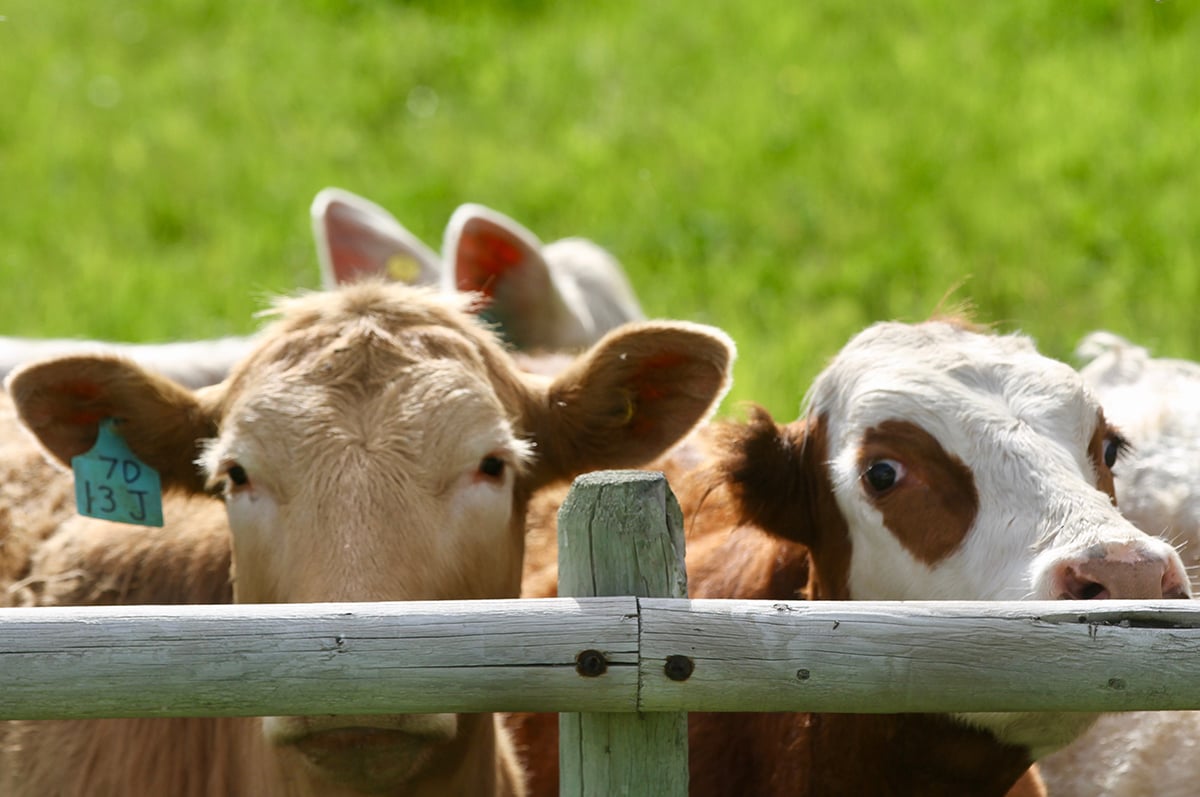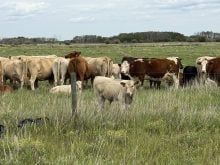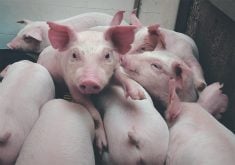Canada’s chicken and turkey sectors are getting $3.5 million in federal funding in the first year of a 10-year program to step up marketing and increase consumption.
Francis Drouin, parliamentary secretary to agriculture minister Marie-Claude Bibeau, announced the new market development program late last month.
Chicken Farmers of Canada will get $1 million, and Turkey Farmers of Canada will get $2.5 million.
Overall, CFC will receive $25 million and TFC will get $19.23 million from the fund.
Drouin noted that the sectors combined sell more than $3 billion in product each year.
Read Also

Feeder market consolidates at historic highs
For the week ending Sept. 6, Western Canadian feeder cattle markets were relatively unchanged compared to seven days earlier.
“Collectively, your organizations are doing a great job of sharing with Canadians how our farmers are delivering top quality sustainably grown food to their tables,” he said, adding that the revenues help support rural communities.
The new program is designed to increase domestic demand and consumption through industry-led promotional activities, he said.
It will also help the sectors cope with losing market share from the Comprehensive and Progressive Agreement for Trans-Pacific Partnership.
Darren Ference, chair of TFC from Gibbons, Alta., said the impacts have yet to be felt as they wait for more turkey-producing countries to ratify the CPTPP.
“When that comes in, it will be a major hit to the industry,” he said.
The situation is similar at CFC, said chair Tim Klompmaker from Norwood, Ont.
“There’s a couple of countries that are looking to ratify the agreements to come into CPTPP and once that happens then the access will ramp up and actually ramp up fairly quickly,” he said.
Drouin said the federal funds will help improve consumer awareness.
“(They) will help get the word about how chicken and turkey farmers are leading the way in environmental stewardship and animal welfare, from solar energy to bird-friendly housing,” he said.
The fund is part of a $691 million initiative to help poultry and egg farmers.
Klompmaker said producers have worked hard to earn consumers’ trust but need to keep “telling and living our story in ways that remind people that their trust in us is warranted.”
The Canadian brand is becoming more recognized and requested in grocery stores and restaurants.
“We’ve achieved a 40 percent awareness rating amongst consumers for our brand. And that awareness goes up to 42 percent with millennials, a key target audience for our sector,” he said.
















